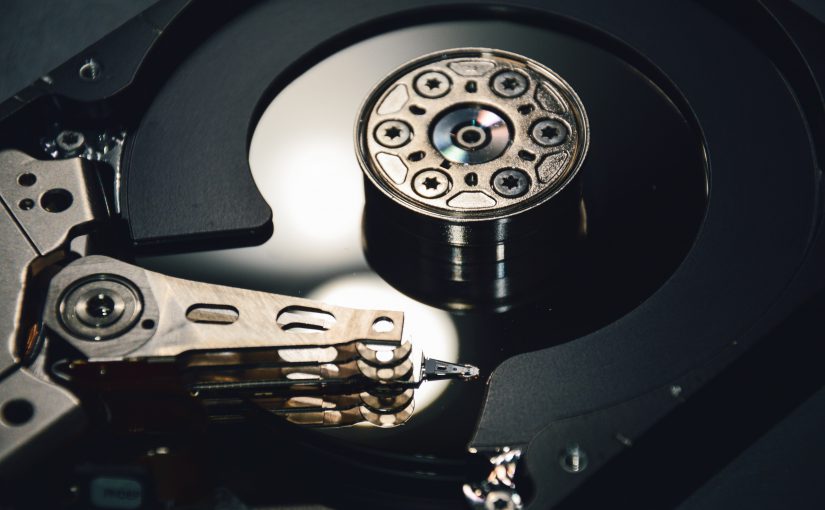I’m asked many times about how and what is required for backup. There are many ways to approach this, and many solutions, but the real factors are not how and what to backup, but rather how long an organisation can operate without their data while it is being restored. There’s a big difference in requiring downtime measured in minutes, as opposed to hours, as opposed to days, in choosing what to implement.
Backups today are generally performed online, with little or no downtime required, but this is not true when it comes to restoring data, which almost always requires systems to be taken offline during the process. Consider also that depending on the reason a restore is required, new hardware/software may have to be acquired and configured as part of the recovery process.
Key questions
When choosing a backup strategy, ask yourself the following questions:
- How long can I afford to be offline if I have to recover data – worst case scenario
- As this time decreases, costs to implement a viable solution increase exponentially, so choose something realistic.
- What is my backup protecting me from?
- Hardware failure is a primary candidate, but don’t forget the possibilities of malware infection, employee acts – both accidental and malicious.
- What legal/regulatory requirements are there for data retention?
- Do I just need to recover to the last known good data, or do I need multiple generations spanning weeks, months or years?
Please note the following statistics
In considering your answers to the above, please remember:
- 6% of all PCs will suffer an episode of data loss in any given year (The Cost Of Lost Data, David M. Smith)
- 60% of companies that lose their data will shut down within 6 months of the disaster
- Almost 3 out of every 100 hard drives fail every year. (Schroeder and Garth)
- Man-made disasters affect 10% of small businesses. (NFIB National Small Business Poll)
- 20% of SMEs will suffer a major disaster causing loss of critical data every 5 years. (Richmond House Group)
- Simple drive recovery can cost upwards of S$2,000 and success is not guaranteed





